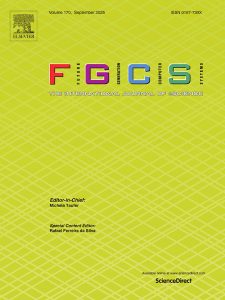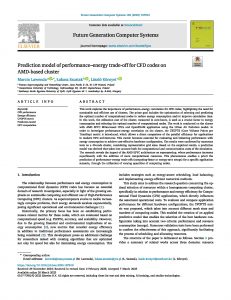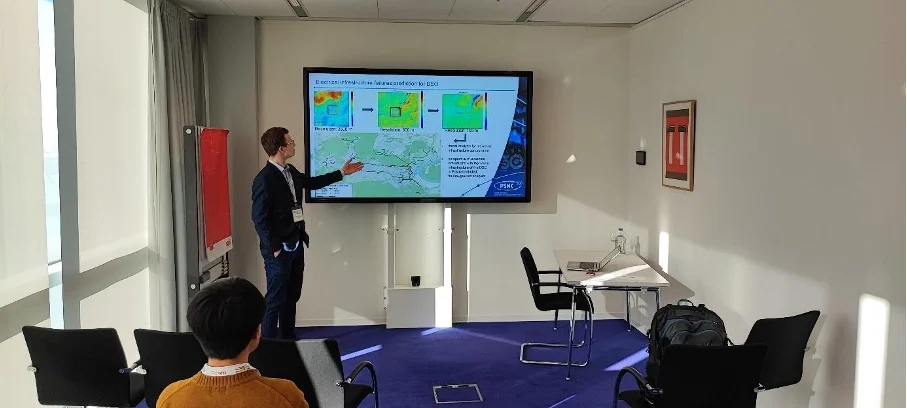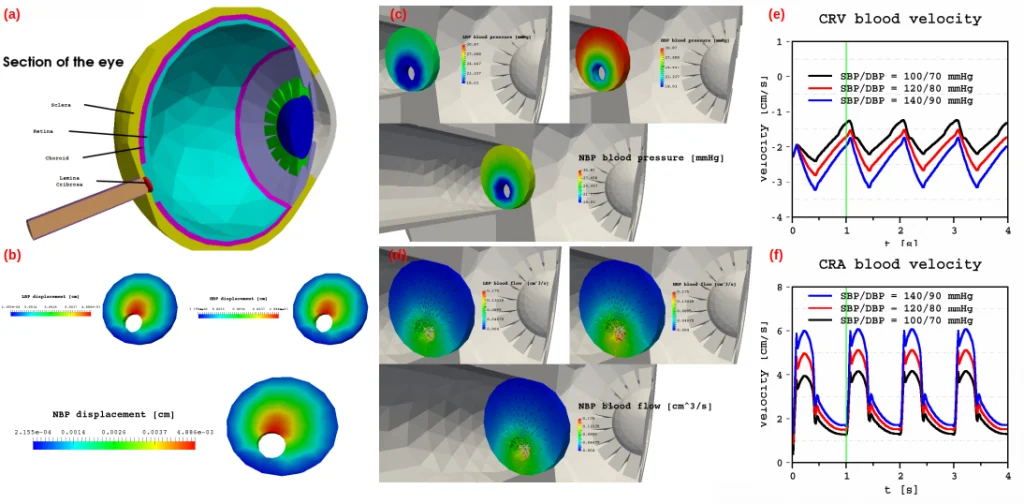When on a long distance car trip, do you prioritise speed or fuel efficiency? For most cars, maximum fuel efficiency is achieved at a speed of between 50-80km/h. Travel any faster and you will consume more fuel to reach your destination.
Work with computational fluid dynamics (CFD) codes on high performance computing (HPC) architectures faces a similar trade-off. Using more resources often gets things done faster, but also uses more energy.
Depending on the specific use case, researchers may want to prioritise speed or energy efficiency. But how to measure and balance this trade-off?
A new scientific paper recently published in the journal Future Generation Computer Systems by HiDALGO2 researchers provides important new insights on this question.
In the paper titled “Prediction model of performance–energy trade-off for CFD codes on AMD-based cluster”, authors Marcin Lawenda, Lukasz Szustak and László Környei explore the importance of performance–energy correlation for CFD codes.


More specifically, they introduce a new metric – CVOPTS (Core VOlume Points per TimeStep)—designed to evaluate parallel efficiency in modern HPC environments. This metric allows for direct comparisons between different computational setups by linking the volume of work completed per timestep with the number of cores used. This provides a quantitative basis for assessing performance relative to energy consumption.
The researchers conducted their study on a 40-node cluster equipped with AMD EPYC Milan-based CPUs. They used OpenFOAM as the simulation platform and applied the Urban Air Pollution model as the test case. The investigation included simulations with a variety of grid sizes to ensure that results would be broadly applicable to representative CFD workloads.
A key aspect of the study was the use of core-hours – a metric that combines the number of cores used with the runtime – to quantify the utilisation cost and, indirectly, energy consumption. By analysing performance data from multiple configurations, the authors developed a prediction model that accounts for both computational and communication costs. This model can forecast the trade-offs between faster computation and lower energy use across different node counts.
One of the notable findings was the observation of superspeedup effects on the AMD EPYC-based cluster, where adding more computational resources results in performance gains greater than linear scaling. This phenomenon significantly influences decisions around optimal resource allocation, especially when aiming for performant or cost-effective configurations.
The study provides a practical framework for selecting the number of compute nodes in CFD simulations, enabling informed decisions based on specific performance or energy objectives. The authors suggest that their approach can support more efficient use of HPC systems, particularly in the context of energy-aware computing.
This article was written by Pavlos Zafiropoulos of HiDALGO2 Dissemination Leader Future Needs with additional editing by Marcin Lawenda of Pozan Supercomputing Networking Center




